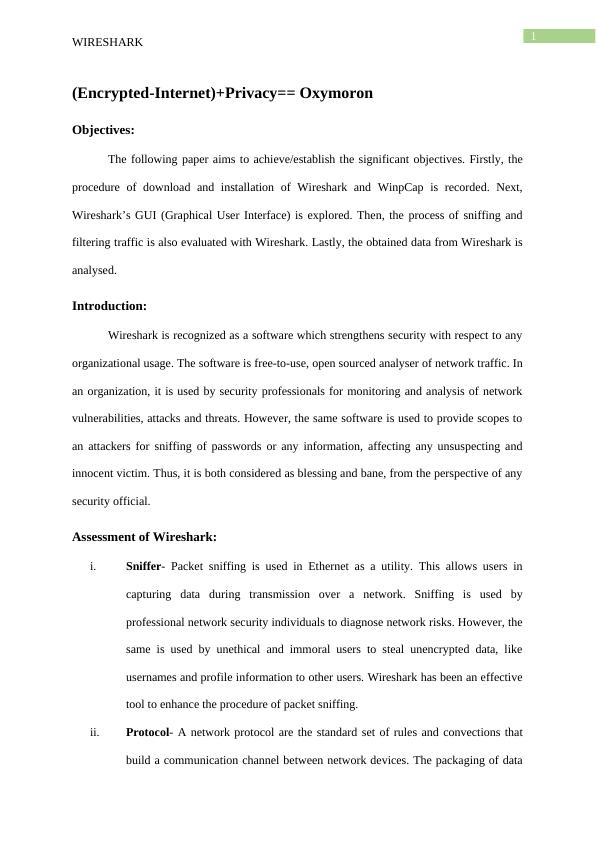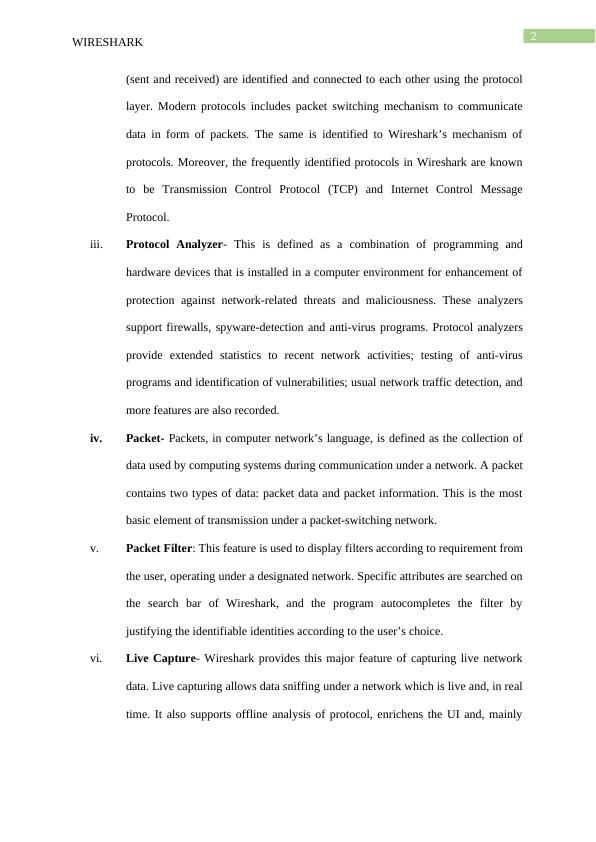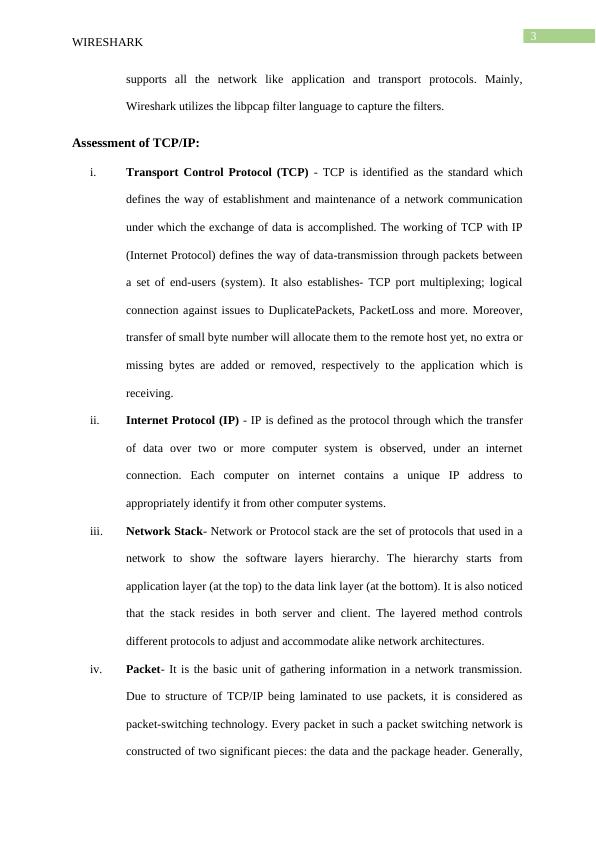Wireshark: A Comprehensive Guide to Network Traffic Analysis
Students explore electronic resources including the Windows Help and Support Center, Internet Search Engines, and Wikis.
23 Pages1709 Words177 Views
Added on 2023-04-21
About This Document
This comprehensive guide provides step-by-step instructions on downloading, installing, and using Wireshark for network traffic analysis. It covers topics such as packet sniffing, filtering, and protocol analysis. The guide also explores the benefits and risks of using Wireshark for network security. Additionally, it delves into the TCP/IP protocols, packet-switching networks, and packet headers. The guide concludes with an analysis of Wireshark data and an introduction to flow graphs. Recommended for security professionals and network administrators.
Wireshark: A Comprehensive Guide to Network Traffic Analysis
Students explore electronic resources including the Windows Help and Support Center, Internet Search Engines, and Wikis.
Added on 2023-04-21
ShareRelated Documents
End of preview
Want to access all the pages? Upload your documents or become a member.
IT Wireless: WLAN Tools, Packet Capture, and Wireless Technologies
|16
|2601
|65
Network Analysis Using Wireshark for Networked Application Management
|36
|2887
|458
Wireless Technologies: Wireshark, Cain and Abel
|25
|3468
|2
Network Analysis Using Wireshark
|20
|2983
|459
DIGITAL FORENSICS - IFN643 Assignment 2 Executive Summary Packet Filtering
|67
|8588
|396
Wireshark: Simplifying Network Traffic Analysis and Monitoring
|19
|5055
|124






